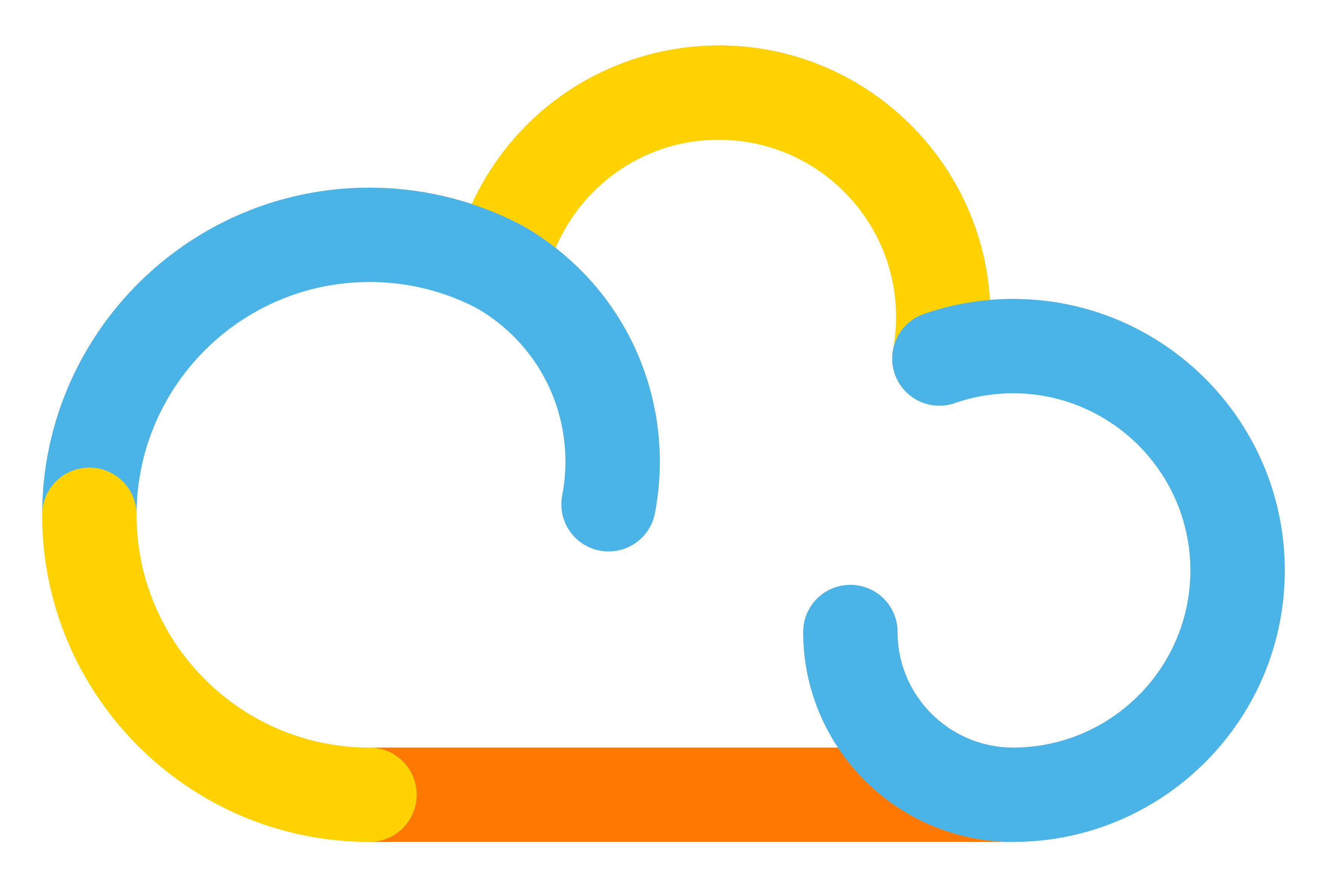Disinfection of public areas has become a priority since the beginning of the health crisis. Yet the ecological threat pushes us to review the concept of “disinfection.” It is about ensuring collective living spaces – like offices, public buildings, hospitals, or supermarkets – where it is good to breathe and grow thanks to large-scale disinfection methods that are safe for human health, fast, and effective. Gone are the viruses and bacteria and the toxic products that are potentially dangerous for users and the environment. A complex equation of public health and protection of the planet, a young start-up called Disinfection Technology Solution (DTS) has decided to take up. How do they do it? By manufacturing and developing sustainable and ecological disinfection solutions based on UV-C, a light used until now in France for water disinfection or, more generally, in the agri-food sector. A robotics technology associated with artificial intelligence that, to eradicate viruses and bacteria, must be as autonomous as it is portable. For this reason, the start-up came to experiment with 5G within the Toulouse 5G Lab.
DTS experimented with 5G!

Line of business
Air and surface disinfection

Usecase
Connected robots capable of disinfecting an entire area in a few minutes using only UV-C light radiation..

5G assets
- High throughput, fast and autonomous
- Very low latency
- HD video capability
Robots equipped with UV-C lamps: how does it work?
DTS disinfection robots are autonomous. In other words, once positioned in a location, they work alone and intelligently by wandering through the rooms to be disinfected, detecting the human presence, monitoring pollutant levels, and adapting their behavior according to the pathogens to be killed.
“We have lamps that create UV-C. These will have a virucidal and bactericidal action simply by exposing a surface or an object to this light, explained Mattéo Boso, President and CTO of DTS. At DTS, we have also developed artificial intelligence to calculate the exposure time required for each surface. For example, for COVID-19, a virus that is not very resistant to UV-C, the exposure time is about 5 minutes for a 25m2 room. The lamp itself works around a mobile column through a robot that will be able to move for larger surfaces or via an air purifier where the lamp replaces the traditional filter”.
A powerful solution and a solid green gesture since a UV-C lamp is equivalent to about 27,000 liters of bleach!
Orange 5G Lab: tailor-made technical support
The relationship between the Orange 5G Lab team and the start-up created in 2020 began that same year! DTS approached us because it needed reliable and responsive connectivity for its disinfection robots,” explains Stéphane Vialle, Technical Innovation Manager at the Grand Sud-Ouest Orange 5G Lab in Toulouse. The experiment took place over several phases. Initially, as we did not have access to the robot prototype, we began working with DTS on an electronic device representing their robot to train them to integrate a 5G modem. With the help of two Orange engineers, we tested this 5G modem to check that it met their constraints and expectations: in real-time interaction between the robot and the mobile control platform and a fast connection allowing lightning updates. Then, we lent them a complete 5G kit and a SIM card so that they could test 5G directly on their prototype.
This successful experimentation allowed them to demonstrate their 5G connected technology at the VivaTech show in 2021 and then at the MWC in Barcelona.
R&D and industrialization: each phase has its own connectivity needs
Satisfied with the Orange 5G Lab team’s support during the R&D phase, the start-up naturally came back to them to continue this co-innovation. They recently informed us that they had completed their prototyping phase and were about to begin industrialization,” continues Stéphane Vialle. This new step raised many questions for them in terms of connectivity. Could they get a more industrial modem than the one initially loaned by Orange 5G Lab? What connectivity offer could they expect? We provided a technical solution adapted to their new industrial needs: a QUECTEL modem directly integrable into their robot. We also lent them an antenna system to check that the 5G modem was working correctly with additional antennas once they integrated the modem into their robot. As for the 5G mobile package, it too was designed especially for them.”
5G: the number one requirement for a high level of service, reliability, and responsiveness!
The DTS robot is an absolute technology powerhouse that can be piloted and controlled via a mobile platform. It is also equipped with several devices: six intelligent cameras, eight thermal sensors, and four 3D sensors. All of which should make it possible to:
- Best secure the staff and the public in contact with the robot (humans should not be directly exposed to UV-C).
- Guarantee an optimal operation efficiency (both fast, to limit the downtime of the areas to be disinfected, and efficient, to disinfect 99.99% of viruses and bacteria).
Reliable and responsive connectivity was one of the start-up’s key requirements. There are several reasons for this:
- On a day-to-day basis, both DTS and its customers need to regain control of the robots at any time and instantly – whether it’s for a failed mapping of a place or a robot stuck somewhere… The significantly low latency of 5G is a great asset that allows users to interact in real-time with the robot.
- To ensure the disinfection efficiency and the safety of the people present on site, a 3D mapping in real-time is performed at each disinfection cycle. Similarly, a cycle efficiency report is sent to the premises manager to be disinfected with an additional alert system. These features do not require large volumes of data, but they do require regular updates. The reliability of 5G – without any dependence on a local connection – guarantees users that their equipment will work properly everywhere.
“DTS robots have become completely autonomous in terms of connectivity thanks to 5G. Regardless of location, users don’t need to connect them to the local Wi-Fi. The lengthy security steps and complex connection processes specific to each facility or environment are gone. Interacting with DTS robots happens naturally and anywhere, without special skills or knowledge! This ease of use and connection is critical, especially in IP-sensitive areas like banks and cinemas. By combining UV-C light, artificial intelligence, and 5G in a single robot, the start-up can now offer its technology in all public areas, companies, and even stores,” concludes the Grand Sud-Ouest Orange 5G Lab’s Technical Innovation Manager.

Subscribe to our Orange 5G Lab newsletter
